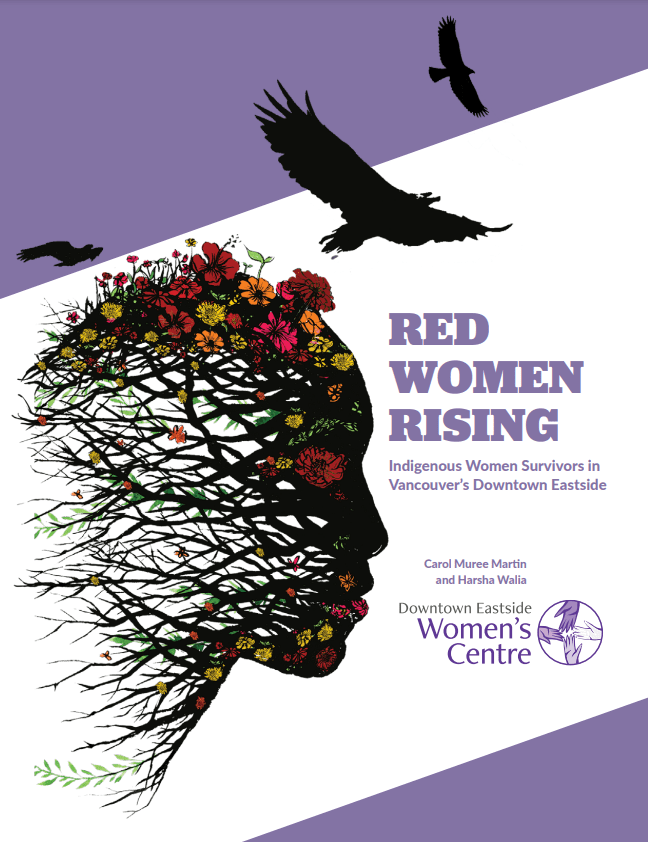38 search results
for
Children and youth
Recommendations to end Indigenous women’s displacement from land
On reserve
Recommendation 45: The federal government must eliminate the discrepancy in federal education funding for First Nations children being educated on reserve and First Nations children being educated off reserve, and provide sufficient funding to close educational attainment gaps.-
Category and theme:
Audience:
Groups affected:
Recommendations to end Indigenous women’s displacement from land
On reserve
Recommendation 46: Increase funding for the Indigenous Languages Act to preserve, revitalize, and strengthen all Indigenous languages. This should include efforts to hire and accredit language speakers to teach the language as credit courses for Indigenous students.-
Category and theme:
Audience:
Groups affected:
Recommendations to end Indigenous women’s displacement from land
Band councils
Recommendation 51: Aboriginal governments should increase funding for education and programs regarding violence prevention directed at children, youth, and adults with an emphasis on consent, sexual education, and healthy relationships.-
Category and theme:
Groups affected:
Recommendations to guarantee economic security for Indigenous women in the DTES
Provincial income assistance
Recommendation 62: Provide grandparents raising grandchildren, and all kinship care providers, with incomes and benefits comparable to foster parents. This includes a living wage and full access to child care and respite support.-
Category and theme:
Audience:
Groups affected:
Recommendations to guarantee economic security for Indigenous women in the DTES
Provincial income assistance
Recommendation 63: Eliminate barriers to accessing income and disability assistance by reducing unnecessary eligibility criteria and simplifying the application processes. This includes:- Removing the two-year financial independence requirement for income assistance.
- Basing income assistance eligibility on current income only.
- Removing the penalty clawback for failure to work search requirements for income assistance.
- Removing the work search requirement for mothers with children over the age of three years old.
-
Category and theme:
Audience:
Recommendations to guarantee economic security for Indigenous women in the DTES
Provincial income assistance
Recommendation 69: No reduction of welfare for families in cases of child apprehension, so that income support and housing is maintained while mothers are in the process of getting their children back.-
Category and theme:
Audience:
Recommendations to guarantee economic security for Indigenous women in the DTES
Provincial income assistance
Recommendation 71: Provide income supports to youth transitioning out of government care until the age of 25 years old, regardless of whether or not they are employed or in school.-
Category and theme:
Audience:
Groups affected:
Recommendations to guarantee economic security for Indigenous women in the DTES
Universal public services
Recommendation 83: Guarantee a free and culturally appropriate child care system for all Indigenous families, including families awaiting kinship care placements. Child care must accommodates families’ diverse schedules, be available to children of all needs and abilities, and must be independent from child welfare services.-
Category and theme:
Audience:
Groups affected:
Recommendations to guarantee economic security for Indigenous women in the DTES
Universal public services
Recommendation 85: Guarantee free and extended transportation:- Free transit pass for children ages 0-18 years old, all youth transitioning out of government care till the age of 25 years old, and for all adults on pensions, income assistance, and disability assistance.
- Expand public transit, including HandyDart and community-based passenger van programs.
- Access to free transportation to and from medical appointments, especially for those with disabilities and the elderly.
-
Category and theme:
Recommendations to guarantee economic security for Indigenous women in the DTES
Universal public services
Recommendation 86: Implement better educational supports:- Expansion of the Head Start program for Indigenous families.
- Guarantee a school breakfast and lunch food program in all public schools that is free, nutritious, and culturally diverse.
- More Indigenous-focused schools with Indigenous teachers, Indigenousbased educational methodology and curriculum, and that is supportive to urban Indigenous students needs and contexts.
-
Category and theme:
Groups affected:
